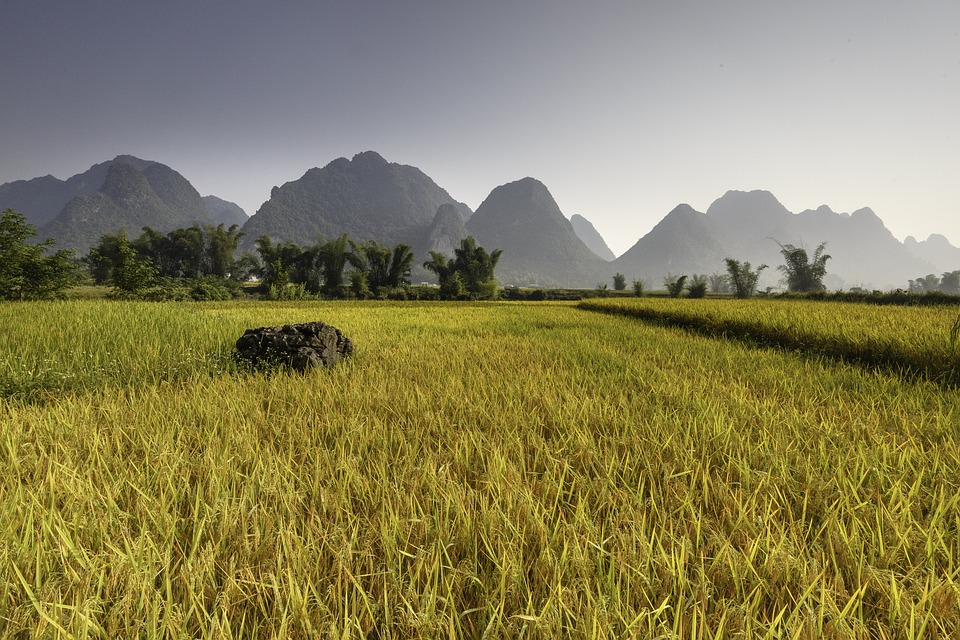From Dirt to Diamonds: The Importance of Soil Care & Conservation
Introduction
Soil is often referred to as the “skin of the Earth,” serving as a foundation for all life on our planet.
Healthy soils are vital for agriculture, providing essential nutrients for plants and supporting food production.
However, soil care and conservation are often overlooked, leading to degradation and decreased soil fertility.
In this article, we will explore the significance of soil care and conservation and why it should be a priority for everyone.
The Role of Soil
Soil is much more than just dirt.
It is a complex ecosystem consisting of minerals, organic matter, water, and countless microorganisms.
It serves as a habitat for a wide range of organisms, including insects, earthworms, and beneficial bacteria.
Soil acts as a natural filter, purifying water as it moves through the ground.
Additionally, it plays a crucial role in carbon storage and climate regulation, helping to mitigate the impacts of greenhouse gas emissions.
Soil Degradation
Unfortunately, soil degradation is a significant issue worldwide.
Unsustainable agricultural practices, deforestation, urbanization, and industrial activities all contribute to the loss of soil quality.
Erosion, nutrient depletion, and contamination from chemical pollutants are common consequences of soil degradation.
This not only affects agricultural productivity but also leads to decreased biodiversity and increased vulnerability to droughts and floods.
Benefits of Soil Care & Conservation
Implementing soil care and conservation practices can bring numerous benefits.
By adopting sustainable agricultural techniques such as crop rotation, contour plowing, and cover cropping, farmers can prevent soil erosion, retain moisture, and enhance nutrient cycling.
These practices promote healthier plant growth and improve yields.
Additionally, responsible land management can preserve soil biodiversity, allowing ecosystems to thrive and supporting ecological stability.
Methods of Soil Conservation
Several methods can be employed to conserve soil and prevent further degradation.
Terracing, for instance, involves creating level platforms on slopes to reduce water runoff and erosion.
Conservation tillage practices, such as no-till or reduced tillage, help maintain soil structure and limit disturbance, preserving beneficial microbial communities.
Afforestation and reforestation efforts contribute to soil protection by stabilizing the land, preventing erosion, and increasing organic matter content.
The Role of Individuals
Soil care and conservation are not limited to agricultural practices alone.
Individual actions can also make a difference.
Composting organic waste at home reduces landfill contribution and enriches soil with nutrients.
Conserving water reduces the need for irrigation, preventing overuse and subsequent soil degradation.
Planting native vegetation and reducing chemical pesticide use contribute to healthier soil ecosystems.
Education and awareness about soil conservation are crucial in driving necessary changes at both individual and societal levels.
FAQs
Q: How does soil degradation affect food production?
A: Soil degradation decreases soil fertility, making it less capable of providing essential nutrients for crops.
This results in lower yields and reduced food production, leading to potential food shortages and increased prices.
Q: Can sustainable agricultural practices contribute to climate change mitigation?
A: Yes, implementing sustainable agricultural practices can help mitigate climate change.
Soil acts as a carbon sink, storing substantial amounts of carbon.
Practices like cover cropping and conservation tillage promote carbon sequestration, reducing greenhouse gas emissions and their impact on the climate.
Q: How can urban areas contribute to soil conservation?
A: Urban areas can practice soil conservation through initiatives like rooftop gardens and green infrastructure.
These efforts promote soil health, reduce urban heat island effect, improve stormwater management, and enhance the overall quality of life in cities.




